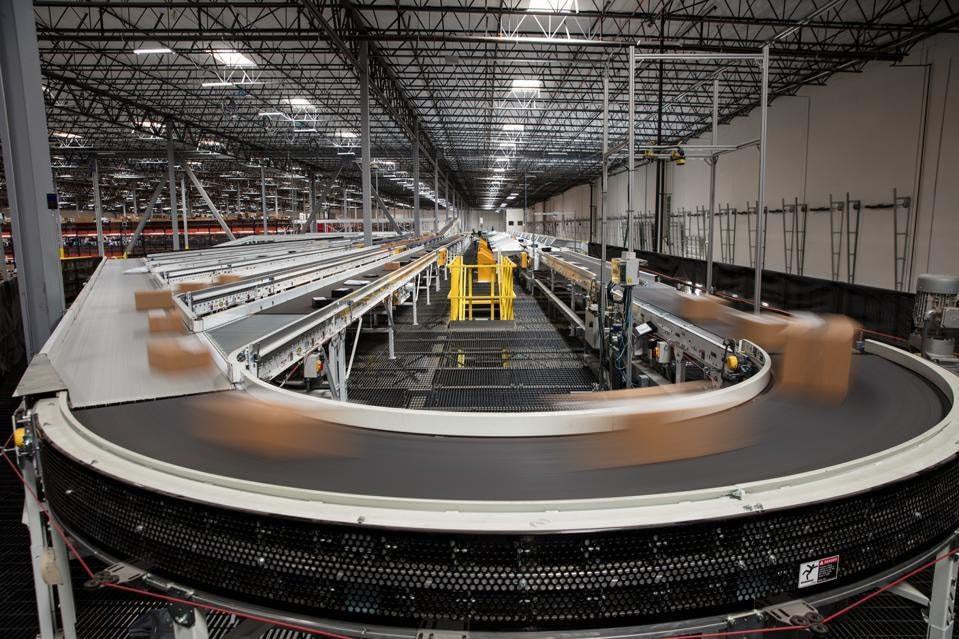The Big Confluence: Why Warehouse Automation Now
The last mile of the supply chain is finally having its moment.
As the world comes out of the pandemic, it’s clear that sweeping change has come to a place that has resisted it for some time: warehouse logistics. The space will never be the same.
A convergence of technology innovation, economic forces and labor factors are driving the rapid growth of warehouse automation to meet the demands of a new pandemic-forged ecommerce and omnichannel retail model.
Covid helped drive U.S. ecommerce sales to $870 billion in 2021. Ecommerce sales exploded 50.5% in 2020 over 2019 and 14.2% in 2021 over 2020. Global ecommerce sales have grown from just 5% of total retail sales 10 years ago to around 20% today. To meet this massive demand, warehouse automation has been growing fast to transform manual warehouses into automated fulfillment operations that are proving critical to meet customer demand at scale and manage operating costs into the future.
This series will help readers understand how innovations in warehouse automation are enhancing supply chain effectiveness for retailers. This article discusses the dynamics that are propelling warehouse automation as a long-term solution for ecommerce and omnichannel retail. The next three articles will demonstrate how automation is accelerating the supply chain and why so many companies are investing in it; how the human-robot partnership enhances efficiency for companies and improves careers and safety for warehouse workers; and how robots and people are collaborating to deliver warehouse efficiency and improve flexibility.
Tech evolution begets a fulfillment revolution
Over the past 10 years or so, large companies replatformed from legacy enterprise systems, moving to cloud software from the likes of Salesforce, Adobe, SAP and Oracle to reap cost, scale and efficiency gains. Now, attention is shifting to a place where legacy systems have reigned supreme until just recently – last mile fulfillment. Leading retailers are embracing automated warehouses to enhance efficiency, root out costs, improve the customer experience, and more.
To streamline the fulfillment operations of their ecommerce and omnichannel warehouses, big retailers are using automated guided vehicles (AGVs) and the next level of automation – automated mobile robots (AMRs) – working alongside employees. And these companies aren’t just trying out robots and other technologies to see what works and what doesn’t; rather, they’ve already seen these innovations prove their effectiveness in meeting the toughest ecommerce warehouse challenges.
Automation software and robots are solving a host of issues including labor shortages and the expansion of SKU-complexity growth by improving key performance metrics such as shorter dock-to-stock cycles and enhancing inventory accuracy. Most important, automated channel agnostic fulfillment allows for one warehouse to serve the needs of ecommerce and in-store retail simultaneously.
Read the full article on Forbes




